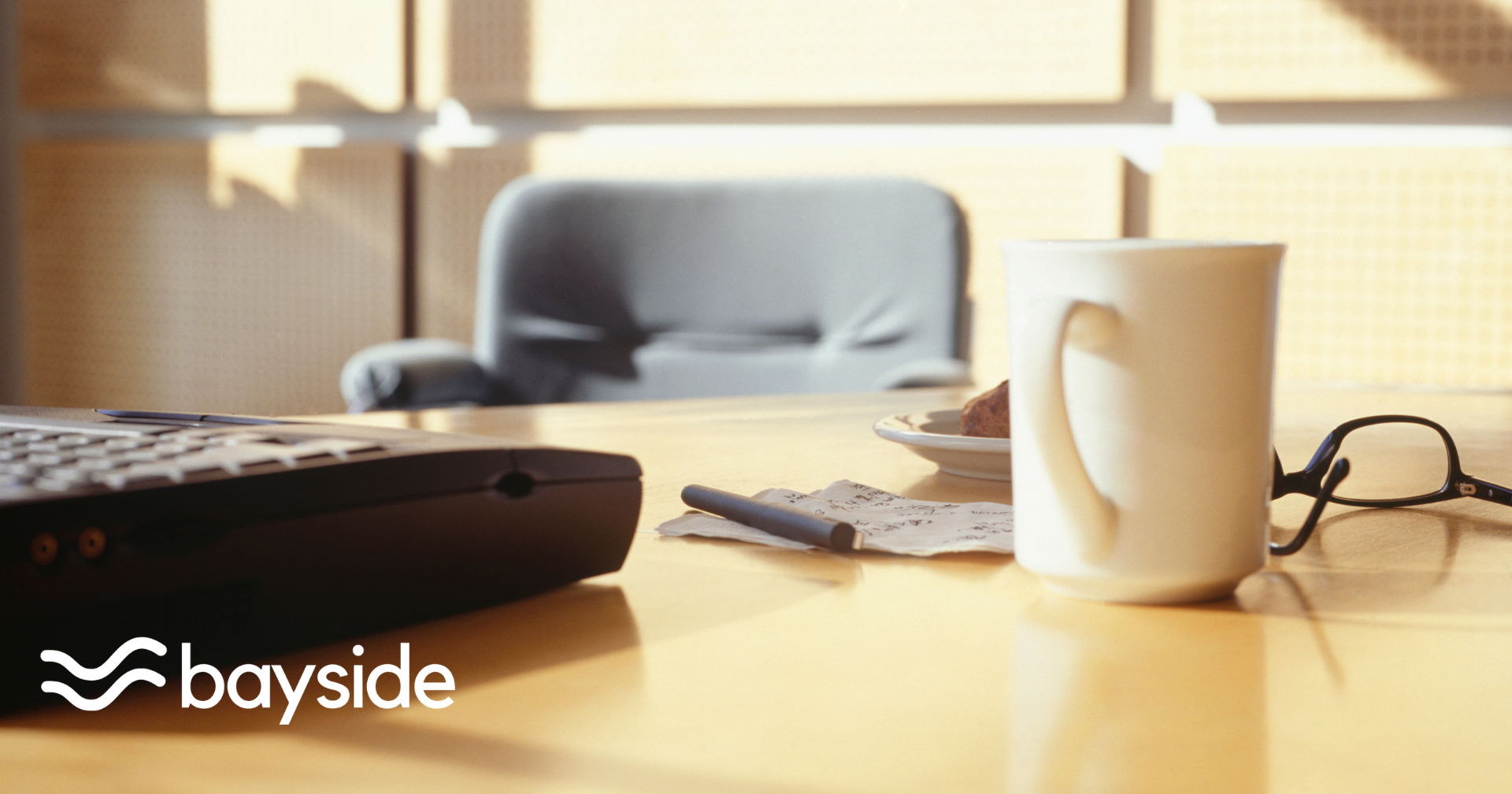Why You Need to Be Cautious When Cleaning with Bleach at the Office
Bleach is a powerful alkaline solution that’s commonly used for the immediate removal of surface stains and eliminating...

Understanding the Types of Germs and Pathogens
There are billions of types of pathogens that can impact human health, but they are divisible into four general umbrellas: viruses, bacteria, fungi, and protozoa. Some of these things are essential for our health, like the good bacteria that live in our digestive system and help us break down food. Others, like some viruses, can cause serious health consequences and even death. The type of germ will impact how long it survives on a surface.
Escherichia coli or E. coli
Escherichia coli is one of the most recognizable types of pathogens, and it results in symptoms most people refer to as food poisoning. E. coli is commonly contracted through eating food that has been contaminated with the bacterium, and it can lead to severe illness even if you only eat a little bit of the impacted food. This substance can live on cutting boards, hard surfaces, and kitchen tools that are in contact with meat for a few hours after contact.
Cold and Flu Viruses
While we use the phrase “the common cold” to refer to colds, there are numerous different strains of viruses that fall into that category. On hard surfaces, the common cold virus can last for up to a week. However, the concentration is typically so low that you will not get sick. In general, cold and flu viruses on non-porous surfaces can only make you sick for about 24 hours.
Mold Pathogens
Mold, mildew, mushrooms, and yeast are all types of fungi. While some types of fungi are harmless or beneficial, others can cause illness. One of the most dangerous types of fungi is black mold. Black mold occurs as a result of moisture accumulation, and it flourishes in damp parts of the office like the kitchen area, bathrooms, and warehouses or storage areas. Molds need air and moisture to continue growing, but many types of mold can lie dormant if one or the other is removed.
As a result, mold can last an indefinite period of time on porous and hard surfaces without proper remediation and disinfection. Keeping surfaces in damp areas of the office clean and dry will help, but thorough disinfection is the only way to eradicate mold. If you are not sure whether or not you have mold left behind, have professional mold testing performed.
How Can You Stay Safe?
The best way to protect you and your family from illness as the result of contact with pathogens on hard surfaces is by consistent cleaning with the right chemicals. Clean high-touch surfaces in common areas, like light switches and doorknobs, on a weekly basis. Choose products appropriate for the surface type you are cleaning to avoid doing damage to sensitive surfaces like wood.
Always follow the instructions on disinfectants that you are using. Some require the disinfectant to sit on the surface for at least 30 seconds before wiping, so you might need to adjust your cleaning routine.
Looking to keep your office or facility clean and safe for your employees & customers? Let Bayside take care of the dirty work for you. Contact us today for your free consultation.
Bleach is a powerful alkaline solution that’s commonly used for the immediate removal of surface stains and eliminating...
One thing that will change forever in many offices due to the COVID-19 pandemic is cleaning standards. Many workplaces...